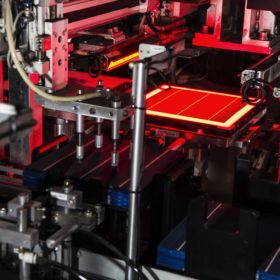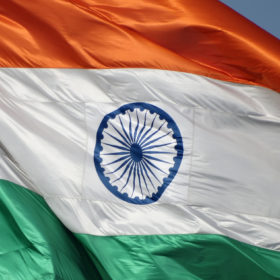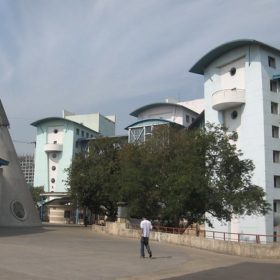REIL opens tender for 6500 quantities of 325Wp solar modules
Bids are invited from Indian manufacturers to supply 72-cell, 325Wp polycrystalline solar modules made using domestically manufactured cells. August 20 is the last date to lodge the interest.
CEL opens tender for supply of 2 million solar cells
July 9 is the deadline to bid for supply of five-busbar, multicrystalline ‘PERC’ solar cells with an efficiency of minimum 19.60%.
Vikram Solar ranked ‘Top Performer’ module manufacturer again
The Kolkata-based manufacturer’s Somera monocrystalline silicon and Eldora polycrystalline silicon PV modules met and exceeded international quality and performance benchmarks in assessments by PV Evolution Labs.
Modi calls for a rooftop-solar-powered city in every state
The prime minister again emphasized the need for India to develop a domestic solar manufacturing industry and also urged officials to get on with plans to make Ladakh carbon-neutral.
Innovation promises cheaper solar cell glass manufacturing
Indian scientists have developed a hybrid production method combining metal mesh and a metal-oxide layer over a glass substrate which they say brings down production cost by 80% compared to the tin-doped, indium oxide-based technology currently in use.
IIT Bombay group suggests method of detecting early-stage discoloration in EVA encapsulants
A new, non-destructive technique has been proposed by researchers who say identifying early-stage discoloration in EVA encapsulants can help detect degradation in solar panels before power output is affected. The IIT Bombay group used an ultraviolet accelerated aging test during 34 days on three encapsulant samples.
CEL tenders 3 MWp of multicrystalline solar modules
Bids are invited for supply of multi-crystalline solar modules, with peak power output of minimum 325 Wp each, to different substations in various districts of Maharashtra and Uttar Pradesh. Bidding closes on March 5.
How do solar cells work underwater?
Although cells lose much of their power yield when submerged, they may not be useless. Researchers in India say submerged cells could be used in monitoring sensors and for other commercial and defense applications. An amorphous silicon cell from Panasonic was tested in their study.
Bharat Heavy Electricals opens tender to procure 12m polycrystalline solar cells
The state-owned engineer has specified the dimensions of the devices required and the bid window will close on Friday.
Stretching exercises for crystalline silicon solar cells
Researchers from Saudi Arabia’s King Abdullah University of Science and Technology have created flexible solar cells made of crystalline silicon. They claim to have stretched a crystalline silicon cell’s surface by around 95% while maintaining conversion efficiency of around 19%.














